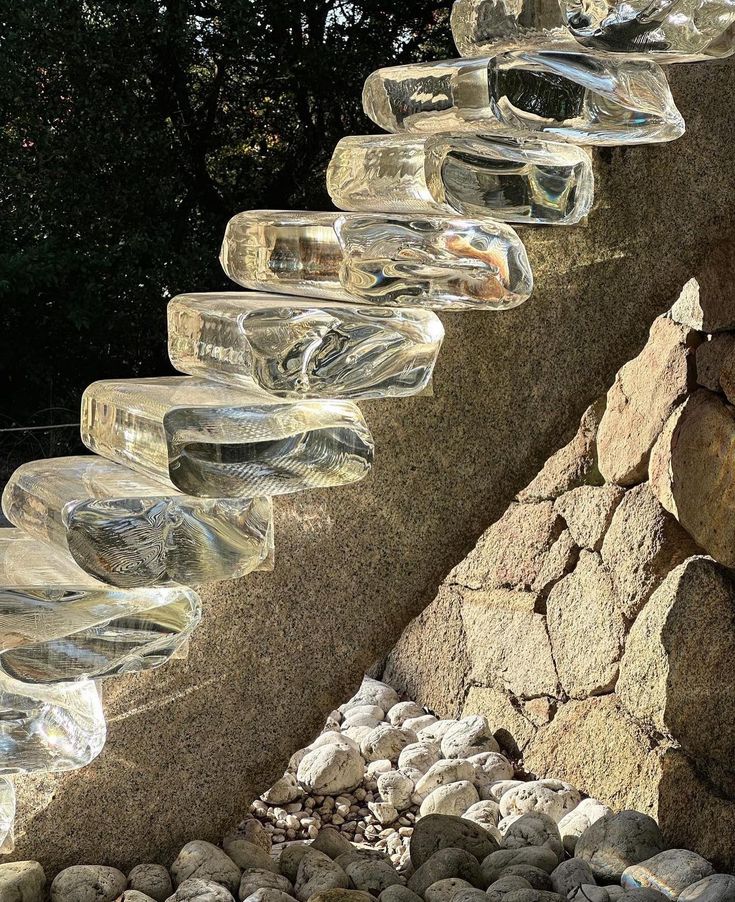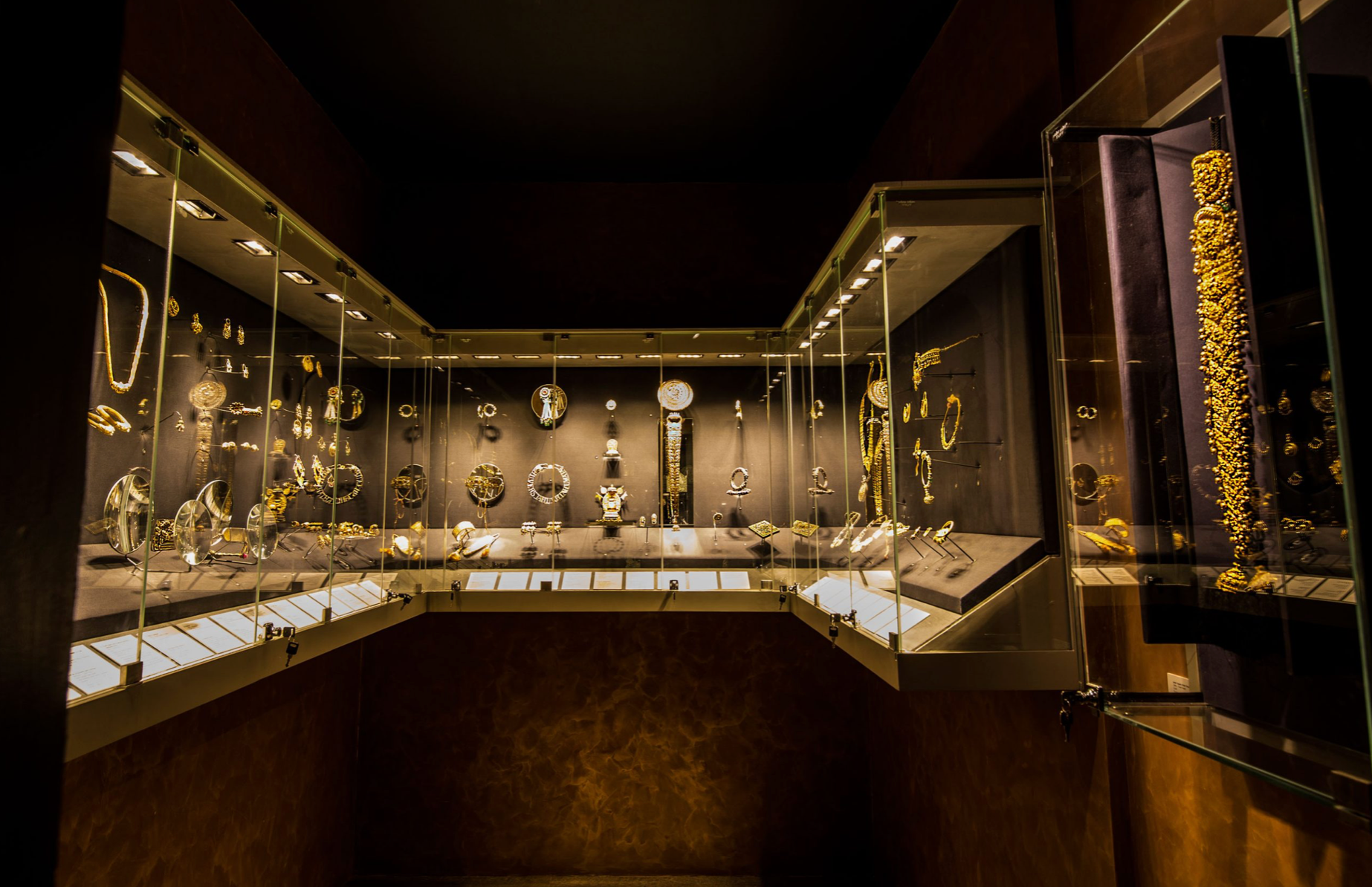The Madras check is one of the most recognizable patterns in South India. Characterized by brightly colored stripes that intersect to form a kind of plaid, it’s often draped over men’s lower bodies as a lungi. Casual, comfortable, and handwoven in lightweight cotton, it’s perfect for scorching summers. Growing up in Chennai—formerly known as Madras—the textile became more than just ubiquitous; it became personal. Mine and my brother's first-ever school uniforms were made from a lovely multicolored Madras. Using this handloom textile in my first collection feels, in hindsight, almost inevitable.


Anamika and Riyaan ( first school uniforms, 2002-2007)
The Madras check originated in 17th-century Madrasapattinam and eventually became a global phenomenon. It was once solely woven by hand and dyed using natural colors. Today, it is largely machine-made and chemically dyed. In the 17th century, the textile was likely made in far fewer colors than we see today, owing to the use of only vegetable and other natural dyes. Tones of madder, turmeric, and indigo were more likely to have been featured within the checks.

Madras Check ( yarn dyed with natural pigments)
When the Portuguese began trading with India, Madras came to be known as Palaicatta Checks, named after the Portuguese trading port of Pulikat. Eventually, when the British established their port in Madrasapattinam, the name evolved into what it is today. In Nigeria, it is referred to as Injiri, which translates to “real India,” and became a significant bridal textile. On the flip side, the textile was also used as currency in the trade of enslaved people, becoming a symbol of oppression. Among the Kalabari tribe in Nigeria, the textile found ceremonial significance. It was used to fabricate traditional attire, and fathers would gift pieces of the fabric to their children as an acknowledgment of paternity. During funerals, it was hung on walls as part of the mourning rituals. In 1983, when Ghanaian immigrants were expelled from Nigeria following an oil crash, they carried their belongings in bags made from Madras check—transforming the textile once again into a symbol of migration and resilience. The Madras has lived many lives across continents, weaving it into a fabric of both celebration and struggle.

Dan Halter (The ears of the hippo, 2013)
The Madras reached its pinnacle in the 1950s and ’60s, when it was adopted by wealthy Americans. The American bourgeoisie embraced the Madras check between the ’30s and ’60s, and it subsequently became a symbol of affluence. In 1958, around the textile’s peak, Brooks Brothers released a Madras check collection that caused quite a stir. When washed, Madras bleeds color—startling customers at the time, but also inspiring the brand’s marketing strategy. The blues would bleed into reds to create purples, or into yellows to form greens. What could have caused one of the largest product recalls of its time became a signature feature and was labelled with a tag that read "guaranteed to bleed". The “Bleeding Madras” was marketed as a textile that changed color each time it was washed, creating a new look with every wear.

In South India, where the textile originally hails from, it remains a staple in lungis and casual sarees. A fabric that traveled the world barely leaves the South Indian home—but it is deeply treasured. Like a favorite old T-shirt or hoodie, it’s treated the way a Madras ought to be: worn until it’s threadbare, faded, and well loved.




